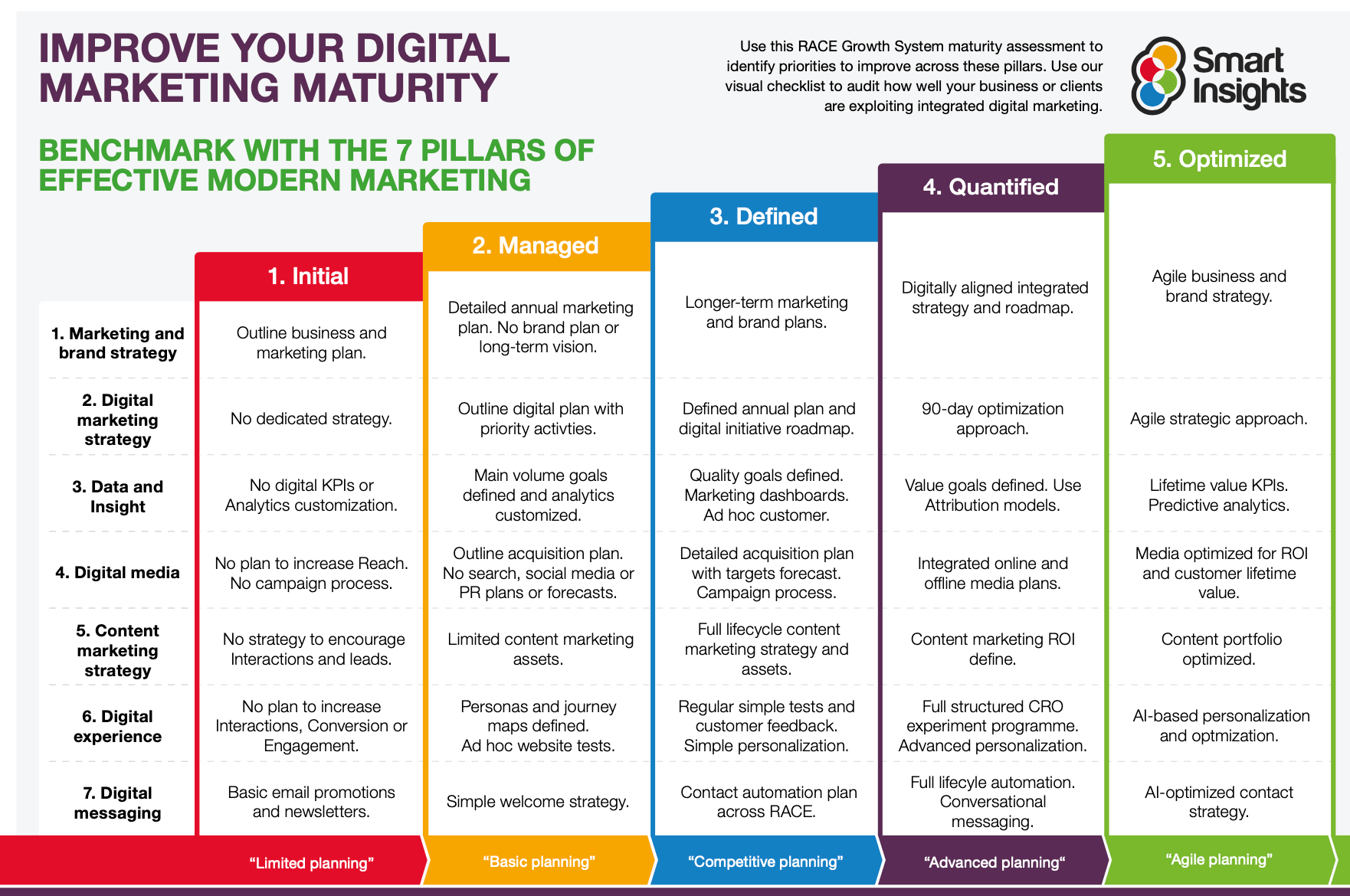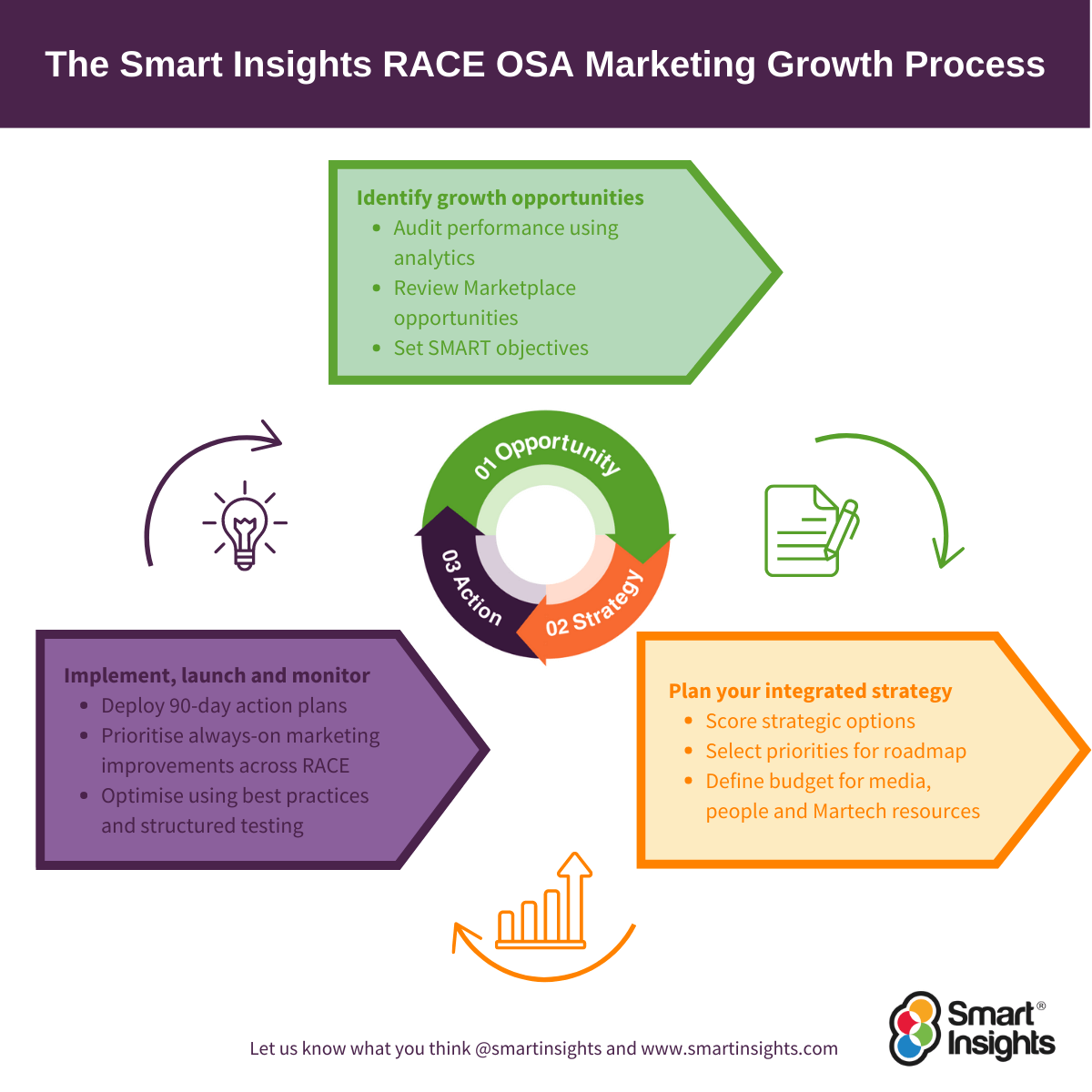Are you struggling to decide where to focus your marketing efforts—performance marketing or brand marketing? It’s a common challenge, and choosing the right path can feel overwhelming.
Both have powerful benefits, but they work in very different ways. What if you didn’t have to pick just one? You’ll discover how to balance these strategies so your business not only attracts customers fast but also builds lasting trust.
Keep reading, and you’ll learn how to make your marketing budget work smarter, not harder.
Performance Marketing Basics
Performance marketing focuses on measurable results. It means paying for ads only when users take action. This could be a click, a lead, or a sale. Marketers can see exactly how their budget works. They adjust campaigns based on real data. This approach helps to control costs and improve results.
Understanding the basics of performance marketing is important. It helps to decide if this method fits your business needs. Let’s explore key points about performance marketing.
Key Metrics To Track
Tracking the right numbers matters most in performance marketing. Click-through rate (CTR) shows how many people click your ad. Conversion rate tells how many complete a desired action. Cost per click (CPC) measures how much each click costs. Return on ad spend (ROAS) shows profit from ad spend. Monitoring these metrics helps improve campaigns over time.
Popular Channels And Tools
Performance marketing uses various online channels. Google Ads and Facebook Ads are top platforms. They offer detailed targeting and tracking features. Email marketing and affiliate marketing also play big roles. Tools like Google Analytics help track visitor behavior. These channels and tools provide clear data to guide decisions.
Benefits And Challenges
Performance marketing offers clear benefits. It provides measurable results and budget control. Marketers can test and refine ads quickly. It suits businesses wanting fast growth.
Challenges include the need for constant monitoring. Poorly managed campaigns waste money fast. Competition can drive up ad costs. Success requires skill and time to optimize ads.

Credit: elearningindustry.com
Brand Marketing Essentials
Brand marketing is about creating a strong image for your business. It helps people recognize and trust your company. This trust builds over time, making customers more loyal. It is not just about selling but making your brand memorable and meaningful.
Understanding brand marketing essentials is key to growing a lasting business. It focuses on how people see your brand and feel about it. These elements create a foundation that supports all your marketing efforts.
Building Brand Identity
Brand identity is the look and feel of your business. It includes your logo, colors, and style. These elements tell your story without words. A clear identity makes your brand easy to spot. Consistency in design helps customers remember you.
Emotional Connection With Audience
People buy from brands they feel close to. Emotions influence choices more than facts. Sharing your brand’s values creates trust and loyalty. Stories and messages that touch feelings build this bond. An emotional link turns customers into fans.
Long-term Impact
Brand marketing builds strength over many years. It does not bring fast sales but steady growth. A strong brand survives market changes better. It creates lasting value beyond immediate profits. Investing in your brand is investing in the future.
Comparing Performance And Brand Marketing
Performance marketing and brand marketing serve different purposes but both play vital roles. Comparing these two helps businesses decide where to focus their energy. Each has unique strengths and challenges.
Understanding these differences helps marketers plan better strategies. It also guides budget decisions and expectations for results.
Goals And Objectives
Performance marketing aims to drive immediate actions like sales or leads. It focuses on direct results and quick wins. Brand marketing builds awareness and trust over time. It shapes how people feel about a company or product. The goal is long-term loyalty, not fast sales.
Budget Allocation
Performance marketing budgets often go to ads that can be tracked precisely. This includes pay-per-click and social media ads. Brand marketing budgets focus on broad exposure through TV, radio, or content. These costs may be higher and results take longer to show. Companies split budgets based on their priorities and market conditions.
Measurement And Roi
Performance marketing offers clear metrics like clicks, conversions, and cost per acquisition. This makes it easier to calculate return on investment (ROI). Brand marketing uses metrics like brand recall and customer sentiment. These are harder to measure directly but affect sales over time. Both types need regular review to improve effectiveness.
When To Prioritize Performance Marketing
Knowing when to choose performance marketing helps businesses reach clear goals fast. Performance marketing is about getting results you can measure. It suits times when action and sales matter most. Understanding its best use guides smart marketing decisions.
Focus on performance marketing during moments that need quick wins and clear returns. It targets customers ready to buy. This marketing style works well with specific campaigns and product pushes. Here are key moments to prioritize performance marketing.
Short-term Sales Focus
Performance marketing drives sales quickly. It targets buyers who want to act now. Ads and offers are designed to push fast decisions. This approach fits businesses needing immediate revenue. Tracking results helps improve campaigns fast. Short-term sales goals match performance marketing perfectly.
Product Launches
New products need fast attention and sales. Performance marketing spreads the word to the right audience. It tests ads and messages quickly. This helps find what works best. Early buyers give feedback and create buzz. Launch success depends on fast and clear marketing efforts.
Performance-driven Campaigns
Campaigns with clear targets benefit from performance marketing. These campaigns focus on clicks, leads, or purchases. Marketers adjust ads based on real data. This makes campaigns more effective over time. Performance-driven marketing saves budget by cutting waste. It keeps efforts focused on results that matter.
When To Emphasize Brand Marketing
Brand marketing plays a key role in growing a business beyond quick sales. It shapes how people see your company and what they expect from it. This type of marketing is not about instant results but building a lasting connection with your audience. Knowing when to focus on brand marketing helps create stronger customer relationships and a solid market position.
Building Trust And Loyalty
Trust is the base of any strong relationship with customers. Brand marketing shows your values and personality clearly. It helps customers feel confident in choosing your products or services. When people trust your brand, they come back again and again. Loyal customers also tell others about your brand, growing your reach naturally.
Market Differentiation
Many businesses sell similar products. Brand marketing highlights what makes you special. It creates a unique image that stands out in a crowded market. This difference attracts customers who connect with your brand’s story. Clear brand identity helps avoid competing only on price, which can hurt profits.
Sustained Growth
Instant sales are good but not always steady. Brand marketing builds long-term value for your business. It keeps customers interested over time and encourages repeat purchases. Strong brands can expand their products or enter new markets more easily. This slow and steady growth supports business success for years.

Credit: www.smartinsights.com
Integrating Both Strategies
Choosing between performance marketing and brand marketing is not always necessary. Both strategies can work together to boost business growth. Integrating them helps create a strong brand and drives sales at the same time.
Combining these methods allows companies to reach more customers. It builds trust and encourages quick buying decisions. Smart marketers use both to get the best results.
Balanced Marketing Approach
A balanced marketing approach blends short-term and long-term goals. Performance marketing focuses on immediate sales and leads. Brand marketing builds awareness and loyalty over time. Together, they create steady growth and lasting success.
Allocating budget and resources wisely supports both strategies. This balance prevents neglecting either sales or brand image. It helps companies stay competitive in fast-changing markets.
Cross-channel Synergies
Using multiple channels increases the impact of both strategies. Paid ads, email, social media, and content marketing work well together. Brand messages in all channels improve recognition and trust.
Performance data guides brand campaigns to be more effective. Brand strength makes performance ads convert better. This synergy maximizes marketing efforts and spending.
Case Studies Of Successful Integration
Many brands show how combining these strategies works. For example, a sportswear brand used performance ads for sales. At the same time, it shared brand stories on social media.
Another company ran brand videos on YouTube. It followed with targeted ads to drive purchases. These cases prove that integration brings strong results and growth.
Measuring Success Across Strategies
Measuring success across performance marketing and brand marketing is essential for any business. Both strategies have different goals and methods. Tracking results helps understand which approach works best. It also guides where to invest time and money. Accurate measurement avoids wasted budget and missed opportunities.
Key Performance Indicators
Key Performance Indicators (KPIs) show if marketing efforts reach targets. Performance marketing focuses on direct metrics like clicks, conversions, and cost per acquisition. Brand marketing measures awareness, reach, and customer loyalty. Choosing the right KPIs depends on your goals. Clear KPIs make success easy to track and report.
Data-driven Adjustments
Data helps improve marketing strategies over time. Analyzing results reveals what works and what does not. Quick changes based on data keep campaigns efficient. For performance marketing, this might mean tweaking ads or budgets. For brand marketing, it could involve changing messaging or channels. Regular updates keep your marketing fresh and effective.
Tools For Tracking Impact
Many tools track marketing success across channels. Google Analytics offers insights into website traffic and user behavior. Social media platforms provide data on engagement and reach. Marketing automation platforms combine data for easy analysis. Using the right tools saves time and improves accuracy. They provide clear reports to support decision-making.

Credit: www.smartinsights.com
Future Trends In Marketing
Marketing is changing fast. Both performance marketing and brand marketing will evolve. Understanding future trends helps businesses stay ahead. These trends will shape how brands connect with customers and measure success.
Ai And Automation
Artificial intelligence simplifies many marketing tasks. It helps create ads, analyze data, and target audiences. Automation saves time by handling repetitive work. Marketers can focus on strategy and creativity. AI tools improve accuracy and boost campaign results.
Personalization At Scale
Customers want messages that feel personal and relevant. Technology allows brands to customize offers for many people. Personalization builds trust and increases engagement. Sending the right message at the right time matters most. This trend blends brand identity with performance goals.
Evolving Consumer Behavior
Consumers now expect quick answers and instant service. They use many devices and channels to shop. Trust and transparency influence buying decisions. Brands must listen and adapt to customer needs. Understanding behavior helps create better marketing strategies.
Frequently Asked Questions
What Is The Difference Between Performance And Brand Marketing?
Performance marketing focuses on measurable results like sales and leads. Brand marketing builds long-term awareness and loyalty. Both have distinct goals but can complement each other for business growth.
Can Performance And Brand Marketing Work Together Effectively?
Yes, combining both strategies maximizes impact. Brand marketing builds trust, while performance marketing drives conversions. Together, they create a balanced marketing approach.
Should Small Businesses Choose Performance Or Brand Marketing?
Small businesses benefit from performance marketing initially for quick results. As they grow, integrating brand marketing helps build a lasting customer base.
How Does Brand Marketing Impact Long-term Business Success?
Brand marketing creates emotional connections and trust with customers. This leads to repeat business, referrals, and sustained growth over time.
Conclusion
Choosing between performance marketing and brand marketing is not always simple. Each has its own strengths and fits different business goals. You can use both to build strong results. Focus on what your business needs most. Test and adjust your strategy over time.
Balance short-term sales with long-term brand growth. This way, your marketing can bring steady success. Remember, smart marketing adapts and grows with your audience. Choose what works best and keep learning.

